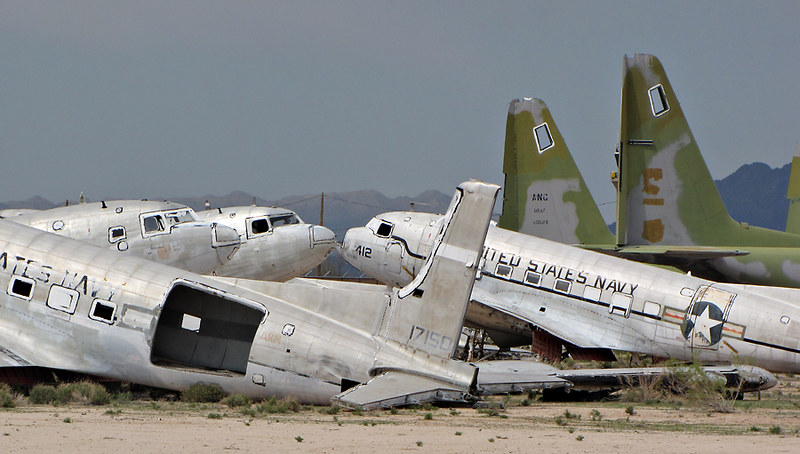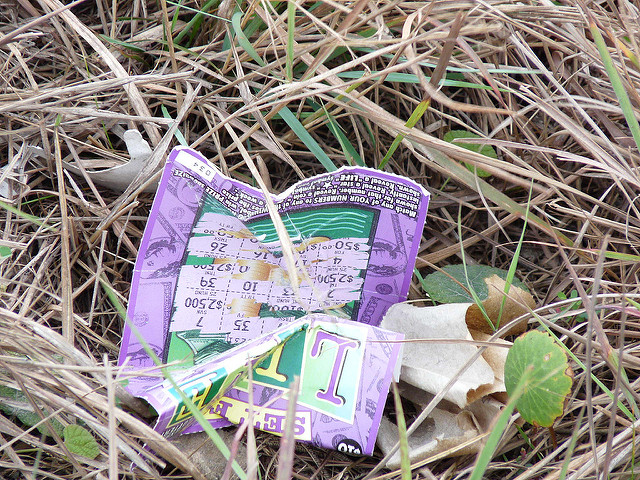Gary Fincke
Cal’s driveway was long and unpaved, curving around the pond that formed a border at the bottom edge of his three acres. Halfway up, I could see him wave from the back patio as I slowed for puddles that disguised tire-hungry potholes that might have formed since his diagnosis.
All of them turned out to be shallow, the road still in good repair, but it was Cal’s wife who was waiting out front to greet me. “He’s by the pool,” she said, “where it’s still full sun this time of day. You know the way.”
Though Cal made no effort to stand, I said, “Don’t get up,” reaching down for his hand before sitting. In the empty pool, at the 8-feet end, a puddle stretched from one side to the other, and I nodded toward it. “I was glad your email said you were filling the pool next week. That’s always a good thing.”
“We’ll see,” he said, and he lifted a stack of photographs from the glass-covered table and passed them to me. “For you. To keep.”
The first picture showed a big enclosure, the space around it as empty as anything we’d seen in Iraq. “Out in the Mojave Desert,” Cal said, “surrounded by a security fence, there’s this enormous airplane graveyard, row after row of parked jets, some with their noses cut off, some with their wings removed, others missing so much you can’t make out what sort of plane they might have been once.” The empty pool began to fill with shadow, his house behind us like a small hotel located two thousand miles from those airplanes. It had been two days since he’d told me doctors had given him three months or less to live, fifty-two as old as he would ever be.
“Some of those planes are eviscerated,” he said. “Others are a scatter of parts. But a few are intact inside, even the seat covers unharmed, those bags that drop with disaster still hidden like tumors.” Six months ago, he’d bribed a guard to tour, believing he’d write a series of essays about those crippled planes, that the color photographs he’d taken would illustrate a book instead of lying face-down on my lap like a treaty I’d signed by taking them.
On that last face-to-face day, I knew not to suggest walking or outstay an hour. “Trust me,” he said, “I’d rather have pain than this weakness,” and I remembered his talk, years ago, both of us through early cancer scares, about the ways to finish things, picking shotgun in his mouth if he knew for sure. I’d chosen an overdose of pills, what seemed to me, back then, a clue to a cowardice I’d carry with me right up to the brink.
I rose and reached for his hand, calling up his “No” so clearly I heard how certain he was that I’d write a story of my own about that hour, using, in the last lines, his grip as a metaphor for loss. That I would give him another name, for sure, and maybe change his age to make him tragically younger, but I’d keep those planes and his disease details in a way that ignored his privacy no matter how much conscience I believed I could muster.
Not a disciple of the hereafter, he fixed, at last, on his yard where it met the woods with rhododendrons, rows of pink and white and violet. “So much to love,” he said, concentrating on the finite, which, right then, seemed to be all that we have to complete us.
The final thing he said, calling after me, was that some of those planes were completely whole, parked like pets at a no-kill shelter, their owners promising to retrieve them.
The last thing I did? Pausing near the end of his driveway, I watched in my car’s side mirror until his wife wrapped her arms around him, so careful with her stance and balance that I knew she was preparing to lift him.
Gary Fincke’s latest collection is The Sorrows (Stephen F. Austin, 2020). A new story, “The Corridors of Longing,” has been selected to appear in Best Small Fictions 2020. He is co-editor of the international anthology series Best Microfiction.


